- User Arduino IDE to program the NodeMCU
- Use MQTT to communicate boiler, remote and controller unit (https://en.wikipedia.org/wiki/MQTT)
- Boiler and remote units to be a NodeMCU (https://nodemcu.readthedocs.io/en/master/)
- Remote Units to include an output pin controlled by a MQTT subscription. This can be used to drive the relay, a signaling LED or leave disconnected.
- Controller unit to be an always on Raspberry Pi. It receives room temperatures from remote units and commands boiler ON/OFF accordingly.
- Remote units to make use of low power modes, disconnect WiFi between updates... not really to use batteries. Consider getting power from 24V thermostat circuit. (https://www.sparkfun.com/news/1842)
Multi Zone Wireless Thermostat
Replace the bimetallic thermostat with a few microcontroller based thermostats to control the combi boiler.
 Jose Maria Rodriguez Saez
Jose Maria Rodriguez Saez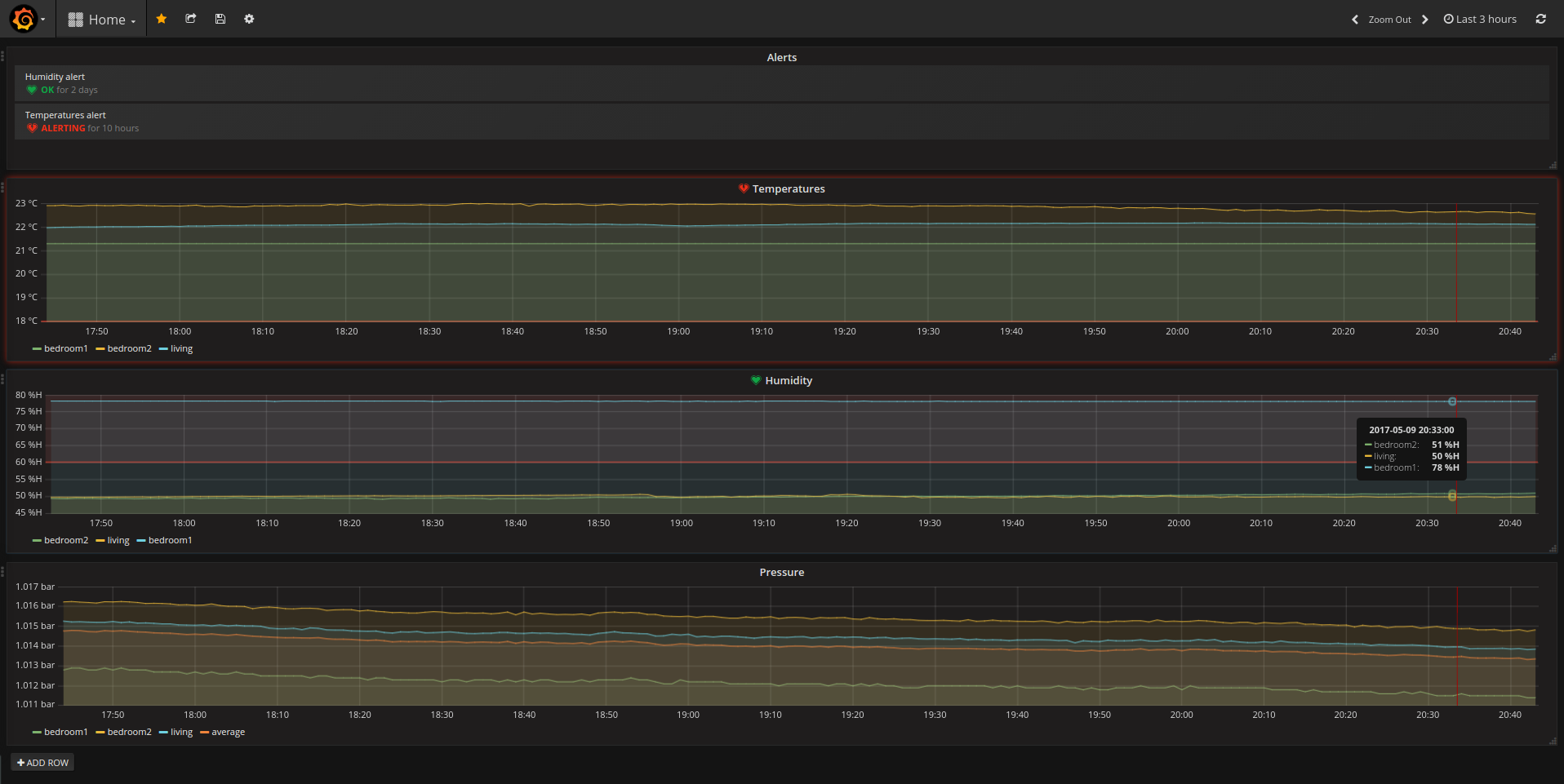
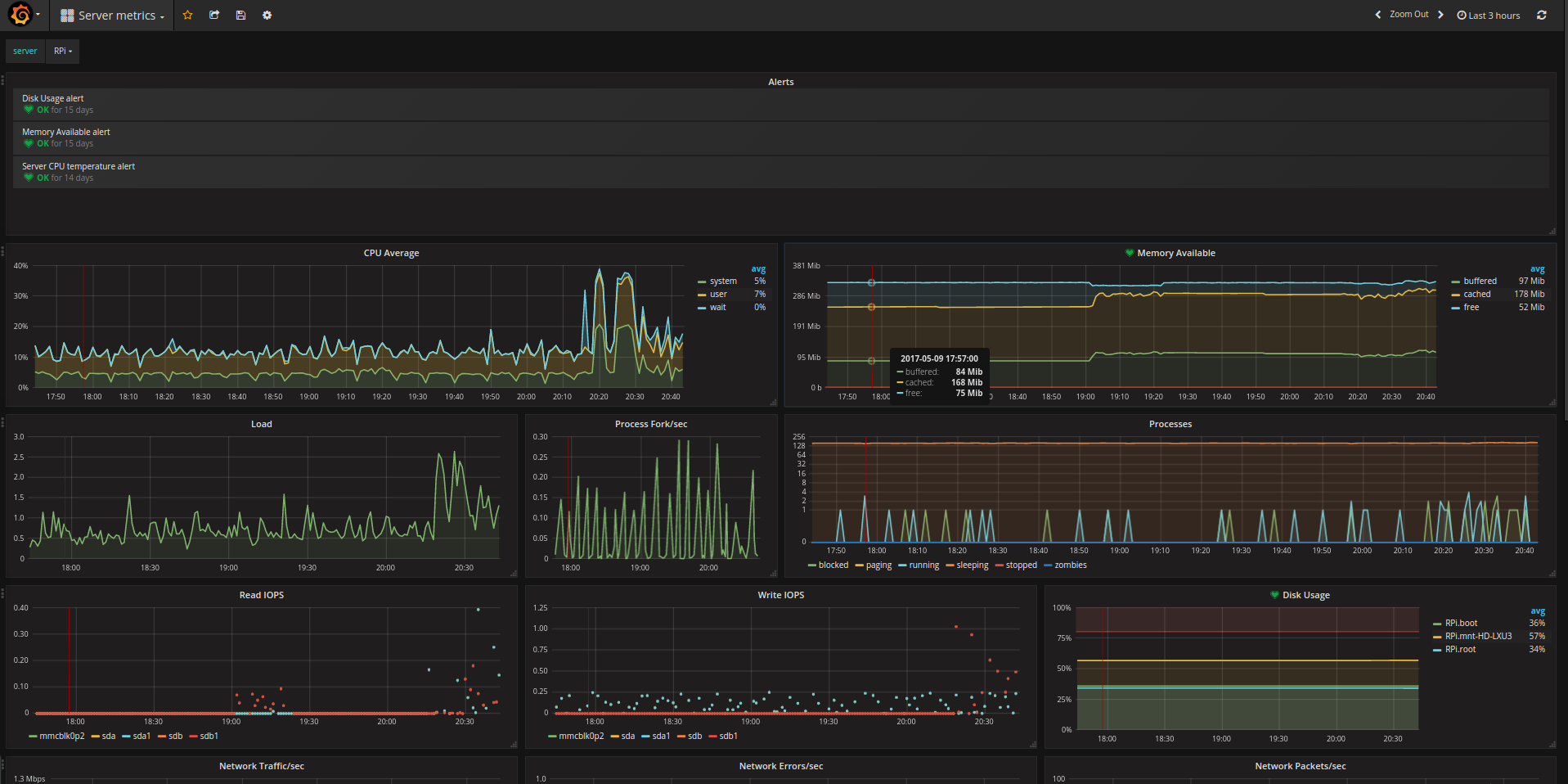
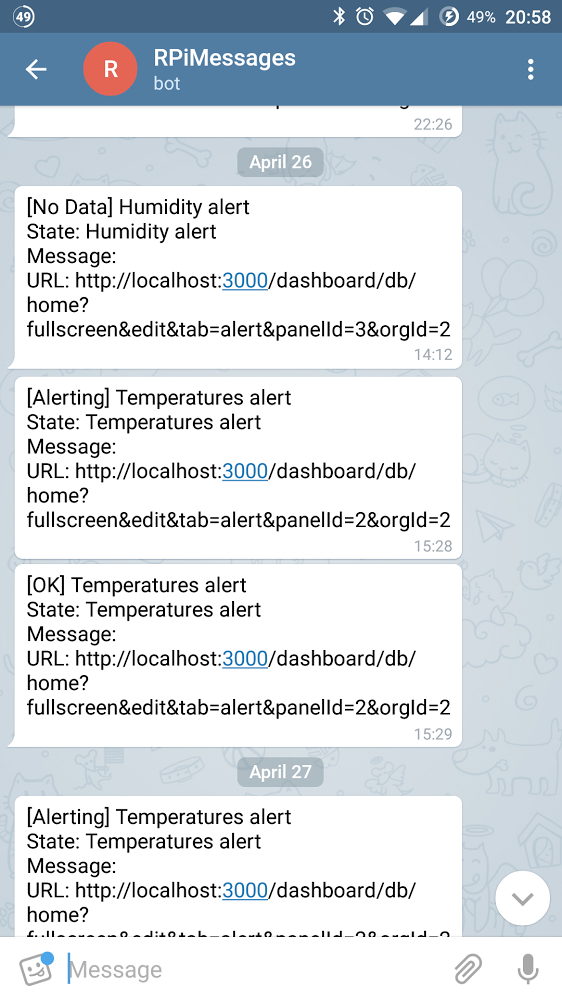
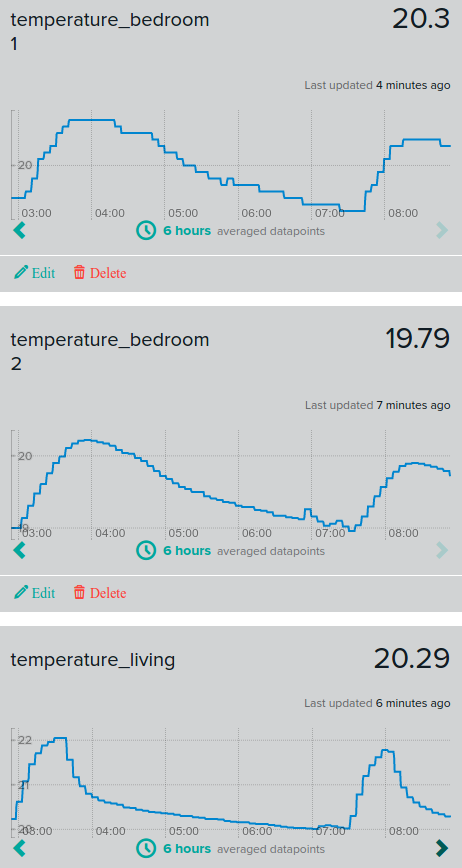


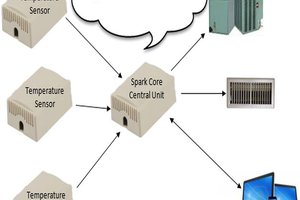
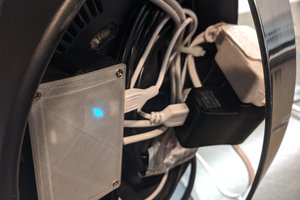
 Ben Brooks
Ben Brooks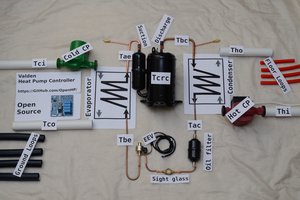
 Gonzho
Gonzho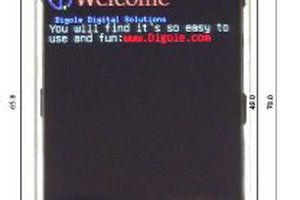
 Emach00
Emach00
Is different the configuration for HomeAssistant instead OpenHab?